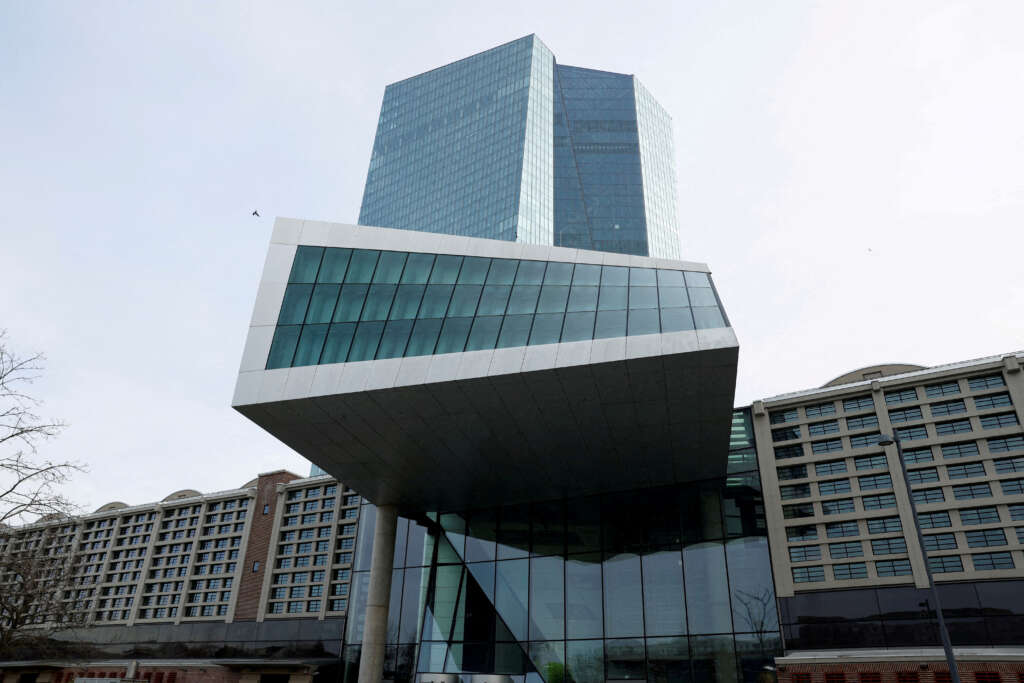
LONDON (Reuters) – The pace of interest rate hikes across major central banks showed little sign of slowing in May but the scale of the tightening tapered off, with growth woes and “sticky” inflation data prompting policymakers to tread more cautiously.
All six of the central banks overseeing one of the 10 most heavily traded currencies and that met in May hiked rates. Central banks in Australia, New Zealand and Norway joined the European Central Bank, the Bank of England and the Federal Reserve in lifting benchmark rates last month by 25 basis points each, for a cumulative 150 bps.
That compares with two hikes across five meetings at G10 central banks in April. At the height of the tightening cycle in September last year, eight central banks hiked rates by a cumulative 550 bps.
“Inflation has proven sticky, even as growth weakens,” said Jean Boivin, head of the BlackRock Investment Institute in a note to clients on Tuesday.
“Markets are reassessing policy rate expectations as sticky inflation makes clear central banks won’t cut them this year – or will keep hiking.”
Year-to-date, G10 central banks have delivered 21 rate hikes and tightened by a total of 725 bps. That compares with 54 rate hikes in the whole of 2022 and 2,700 bps of rate hikes.
Meanwhile, emerging markets were slightly further advance in the cycle with some central banks changing tack to easing mode.
Fifteen out of 18 central banks in the Reuters sample of developing economies met to decide on rate moves, but only policymakers in Israel, South Africa, Thailand and Malaysia hiked, and by a cumulative 125 bps.
That compares with 11 meetings in April, where two central banks delivered a total of 50 bps.
Hungary became the first European nation to loosen policy, cutting its emergency one-day deposit rate which it had launched in October to shore up its falling currency, by 100 basis points to 17% in May. The one-day deposit rate is not reflected in the Reuters sample.
However, the trajectory ahead might not be a smooth one.
“March and April data confirm that emerging markets have broadly passed their inflation peaks, given decreasing energy prices and strong base effects,” said S&P Global Ratings in a recent report.
But food inflation had remained stickier than expected, S&P added. Data published in May showed the UN world food price index had risen in April for the first time in a year.
“We currently expect EMs to reach their respective central bank targets (for inflation) by the end of 2024,” S&P added.
(Reporting by Karin Strohecker and Vincent Flasseur; Editing by Hugh Lawson)


